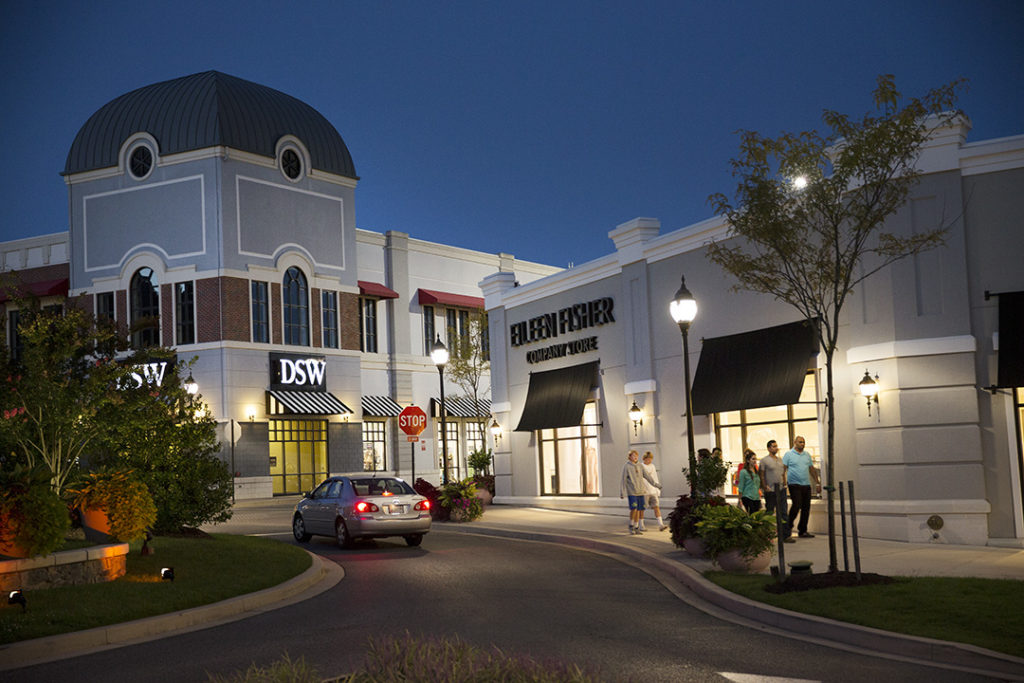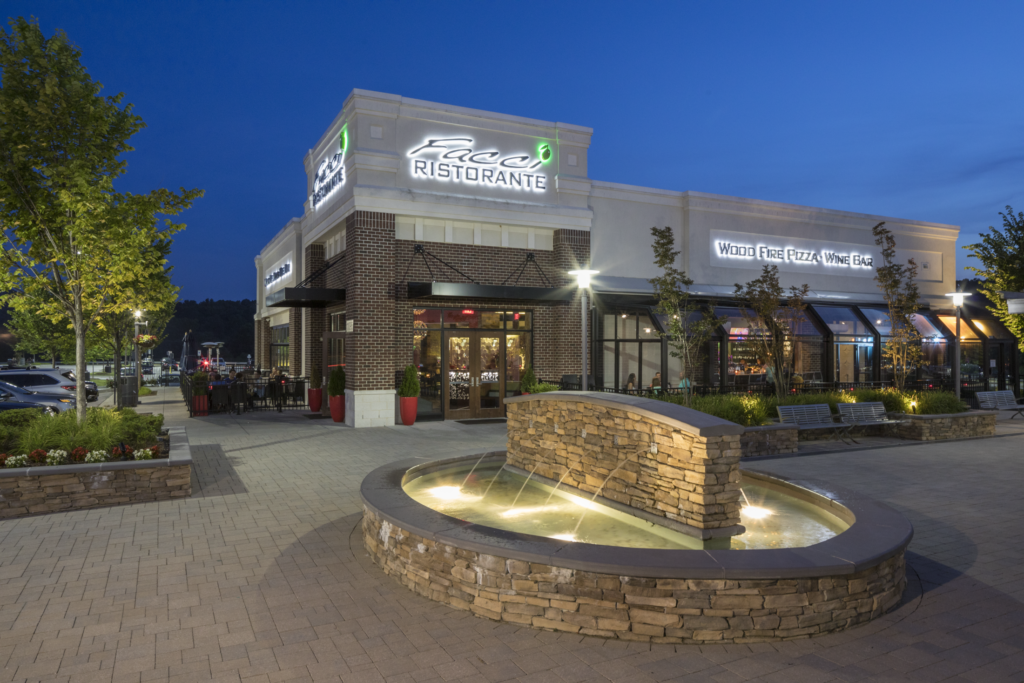
June 4, 2020 – It’s been dubbed the al fresco economy and it could help revive struggling restaurants and the mixed-use developments where they reside.
“Think about the Champs-Eysées in Paris,” said John Hutch, Principal at JP2 Architects.
The tree-lined boulevard leading to the Arc de Triomphe includes 20-foot-wide sidewalks which, in decent weather, are consumed by tables for cafés, restaurants and bars, and displays by adjacent retailers.
In socially-distanced America, greater access to outdoor space could enable restaurants to serve more people at least through fall and safely attract people and bring vibrancy back to mixed-use properties. Owners of mixed-use developments could create that space by closing some streets to vehicular traffic, modifying landscaping or repurposing existing green or open spaces.
“Some mixed-use developments have the luxury of open space and that could create wonderful, outside seating,” Hutch said.
The novel coronavirus delivered “a body blow to our whole retail and restaurant industry which had become all about entertainment and experiential environments. To provide entertainment and experiences in this new environment, we are going to need more space” for tenants and events, he said.
Through thoughtful planning and crowd management, mixed-use centers could also become the site of soft programming and placemaking events again. Hutch points to an outdoor art festival hosted in Columbia last summer that featured sculptures and light displays. A similar event could happen again as long as appropriately distanced people followed a one-way path through the exhibit.

At Hunt Valley, Turf Valley, Foundry Row and other properties, Greenberg Gibbons is exploring options to resume popular events, such as its summer concert series.
“I think there will be a lot of pent-up demand from people wanting to get out of the house, especially to an outdoor setting where they can listen to a concert and grab a meal,” said Gene Parker, Executive Vice President and COO.
Such events would have to be managed differently to maintain social distancing and meet heightened sanitary standards.
But Americans have been adjusting to the requirements of living with COVID-19 so properly managed outdoor events may be an option later this summer or fall, Parker said.
In the meantime, restaurant owners and their landlords have already initiated endeavors to revitalize their businesses.
In numerous locations, restaurants and property owners have collaborated to establish pickup areas that make it easier for customers to order carry out. Some restaurants have expanded that carry-out service to include pantry items – such as produce, dairy products, meat, baking supplies, even hand sanitizer and toilet tissue – that they would normally use serving dine-in guests. Property owners have made parking lots available for pop-up markets where, for example, food wholesalers that normally supply restaurants and schools can sell direct to consumers.
Retail and CRE experts say other initiatives could also bring renewed vibrancy to mixed-use developments. Property owners or groups of restaurants could create their own shared delivery service to further promote take-out sales and reduce the cost of using larger delivery services. Similarly, restaurants and property owners could collaborate to establish and promote high-level efforts to prevent virus spread in their properties (through spacing, air quality, elimination of touch surfaces, etc.) to regain consumer confidence.
“Making sure our centers are safe, well maintained and clean is more important than ever,” Parker said. “When you walk up to a grocery store and you see someone up front spraying down carts as they are returned, that makes you feel good. You can tell it’s a first-class operation and people are paying attention… We have to make it evident that we are taking this situation seriously and provide that assurance to tenants and customers.”
Mixed-use centers – either through outdoor spaces or vacant properties – could also work to support recent changes in retail, Hutch said. Increasingly, consumers want to shop online. But for some items, consumers also want to see the product in person. For other small or fledgling retailers, an in-person shop may be essential to becoming known and building online sales. Pop-up shops or food hall-style facilities which allow a retailer to test a concept in a small and less expensive space, might support the new generation of retailers and further fuel activity in the mixed-use center.
“Any time you have a downturn, you see new concepts come out of it,” Parker said. “You will see some space available and some landlords will be willing to take on tenants they might not have considered two years ago… It will create different opportunities.”